07 Mar2018
UNESCO Ajanta caves on Deccan Odyssey luxury train day 4
Deccan Odyssey luxury train day 4
On our day 4 on the Deccan Odyssey luxury train we disembarked already at 8 am at the Jalgaon railway station and hopped on a bus towards the UNESCO Ajanta caves.
We spent approximately an hour on the bus. I took a nap and also observed the local life through the window. Saw a lot more cows, buffaloes, goats, pigs and dogs than on the first 3 days on Deccan Odyssey. I noticed as well that the people were more poor, at least their houses looked so. The landscape I observed from the bus was similar to what we saw the day before. There was loads of rubbish everywhere, as in many other parts of India. Along the road we could spot a couple of flame of the forest trees with beautiful orange flowers which are used as natural color. Our guide pointed out to many banana trees growing in this area.
When we visited the Ajanta caves on the 13th February 2017, Hindus were celebrating a big festival of Lord Shiva. It was holidays for them so many Hindu temples on the way from the train to the caves would get crowded with people. Thankfully, Ajanta caves are Buddhist and not Hindu so they were not overcrowded during our visit. I mean there were many Indian tourists and also foreigners, but was still fine to walk around and take photos.
UNESCO Ajanta caves
Similarly to Ellora caves we visited the day before, Ajanta caves are in reality not natural caves but man-made temples carved into volcanic basalt mountains. The technique that was used to built both Ellora and Ajanta temples is the same ”cut-out” which is a rare thing. Usually we encounter cut-in temples and monasteries. But besides the construction method into basalt rocks and both being UNESCO World Heritage Sites, there’s only few other similarities between Ajanta and Ellora caves.
- Ajanta caves were built by Buddhist monks and all the 30 temples are only Buddhist. However, 34 Ellora caves are a mixture of Buddhist, Hindu and Jain temples.
- Ajanta caves were built from the 2nd BC to 7th century AD, mostly in the 2nd and then in the 5th century. That makes Ajanta older than Ellora caves which date back to the 6th to 13th century AD.
UNESCO Ajanta caves are located in Aurangabad district in Maharashtra state in India. Together with a group of other 14 travel bloggers we visited them on a week trip on Deccan Odyssey luxury train.
For many centuries, the temples were unknown to foreigners. In April 1819 the temple number 10 was discovered by a group of British troops who were hunting there for tigers. The soldiers only spotted part of the cave and later on digging there, they uncovered the temple 10. At that time the temples were known to the locals but not to British. Our guide told us that just 2 days before our Ajanta visit the locals spotted a tiger strolling freely around the Ajanta. How cool is that?
When speaking of Ajanta and Ellora, terms ”caves”, ”temples” and ”monasteries” are all used for the same.
Ajanta caves 1 and 2 paintings
The most beautiful caves are caves number 1 and 2. They are famous for their paintings done in the 6th and 7th century AD. These caves number 1 and 2 belong to the Mahayana Buddhism. Simple technique tempera was used for the most important painting in the 6th century and it is still very shiny nowadays. Tempera contains cow dung, rice husk, clay and grass fibers which are mixed into a paste and then put on the wall. They used lime to make the white background.
Many people get confused thinking paintings in Ajanta caves 1 and 2 are frescoes. But these ones are painted on dry plasters, unlikely to traditional frescoes painted on wet plasters. Only stone and vegetable colors were used for paintings. All these colors are natural and locally found, except the blue color which had to be brought from precious stone called lapis lazuli from Afghanistan.
Cave 1 dates back to 4th or 5th century while cave 2 most probably to the 6th century AD.
Elephanta caves close to Mumbai were influenced by the Ajanta cave 2. The cave 2 is unique thanks to its sculpted doorway, scenes from Buddha life and extensively painted ceiling.
In general, Ajanta caves are well-known for their paintings. It’s not just caves 1 and 2 where we can find beautifully painted walls, but also for example, in temples 9, 10, 16 and 17. All the paintings depict episodes from the life of Buddha, and also his previous incarnations.
Other important UNESCO Ajanta caves
If you don’t get lot of time to explore all the Ajanta caves, below I mention the most important ones you should not miss.
Cave 3 is an incomplete temple with only a verandah excavated.
In cave number 4 look up to the interesting ceiling where you can see basalt rock. The half fallen ceiling clearly shows that it was a volcanic lava flow before. However, all the Ajanta caves were carved into the same volcanic basalt rock. It’s just not that visible in other caves compared to cave 4. In this monastery we can spot traces of old wall paintings. Cave 4 dating back to the 6th century is the largest out of 30 monasteries in Ajanta.
Temple number 5 is unfinished so we can notice how they were building the caves. They were building them from top to bottom.
Then caves 9 and 10 are both the oldest caves out of 30 in Ajanta. Only these two temples are very simple inside and consist of a rock stupa representing the pure Hinayana sect of Buddhism from the 2nd century BC to 1st century AD.
There’s 2 main schools of Buddhism: Hinayana and Mahayna. Hina in sanscrit means ”lower, or inferior”, and Yana ”vehicle”. Maha means ”greater or upper”.
Cave 16 has 2 nicely carved goddesses on the doorway and painted inscriptions inside the temple.
Then cave 19 has a stunning carvings above the entrance door. I could not stop staring at the beautifully decorated temple facade representing Mahayana Buddhism.
Cave 26 has a lovely huge entrance door too and a big reclining Buddha on the left side of the interior temple wall. It represents Mahayana Buddhism. Cave 26 is very similar to temple 19.
Since 1983 Ajanta caves have been UNESCO World Heritage Sites.
TIPS:
- Ajanta are closed on Monday
- caves are open 6 days a week from 9 am to 5.30 pm
- similarly to other temples, you have to take your shoes off when entering the temples
- no one is checking if you cover up your shoulders and knees but it’s recommendable to dress appropriately as it’s a sacred place
- flash is prohibited inside the temples to protect the paintings
- tripod and videos are not allowed (you need a special permission for that)
- it’s fine to take photos inside the caves
- do not touch the paintings and sculptures inside of the temples
- bring loads of water as you can only buy drinks at the entrance
- there’s toilets only at the entrance
- 30 caves are stretched along 2 kilometres so wear comfortable shoes for walking
I have to say that our Ajanta visit was less stressed than Ellora the day before and we could actually visit many temples and even take photos there. That being said, I could spend a whole day walking around, meditating and letting the peaceful energy of the temples get into my skin. But we had to get back on the train for lunch.
TIP 1: If you enjoyed the photos in this article, check more I took in Ajanta caves in my photo album ;)
TIP 2: Read also my article about Ellora caves we visited the day before Ajanta, also on Deccan Odyssey train.
Thanks so much to Deccan Odyssey and Incredible India for making this trip happen. I seriously fell in love with Maharashtra and Goa exploring them on a luxury train Deccan Odyssey really was.
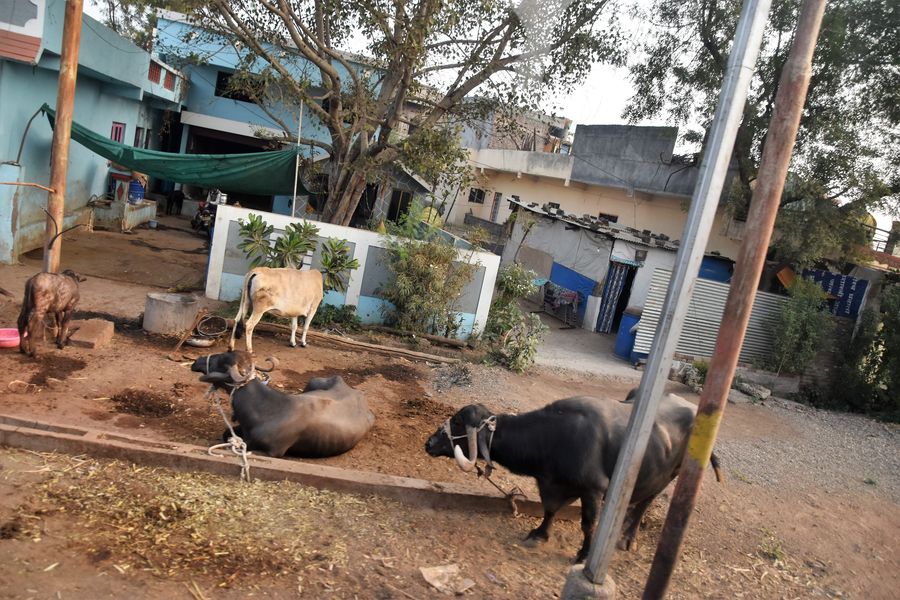


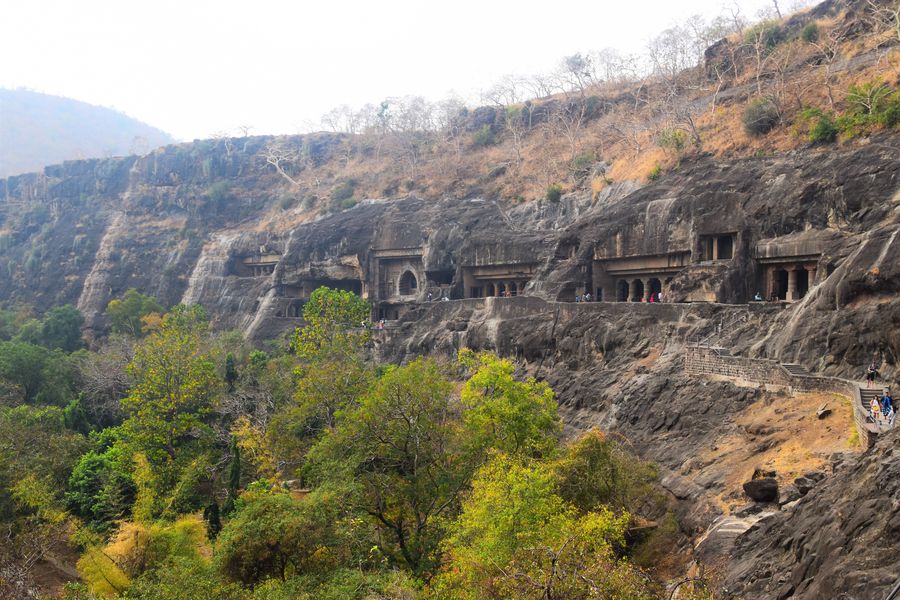

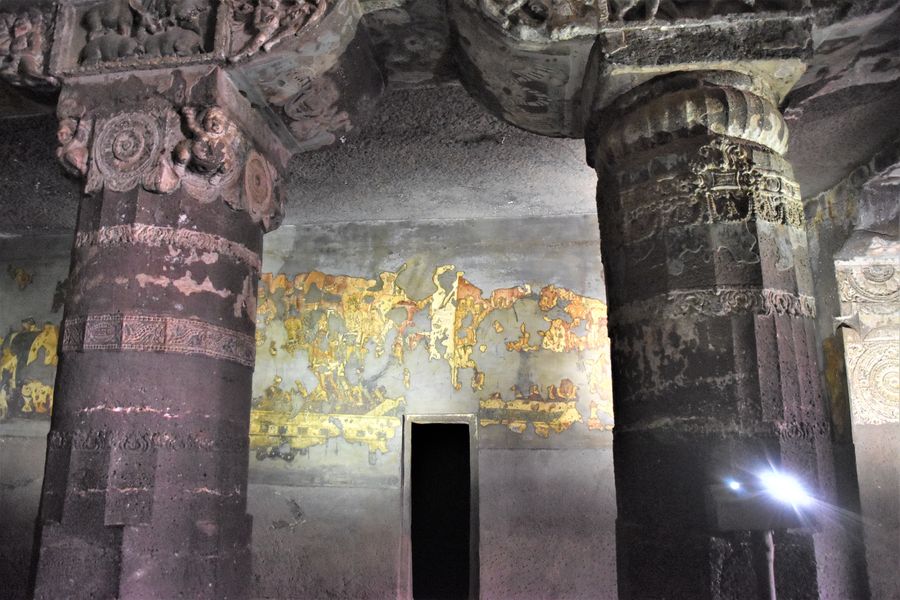
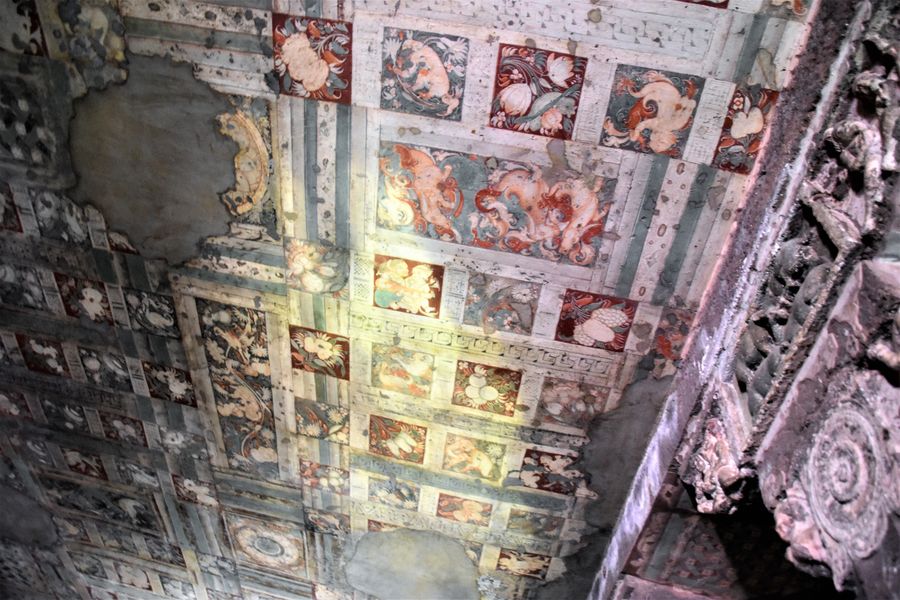

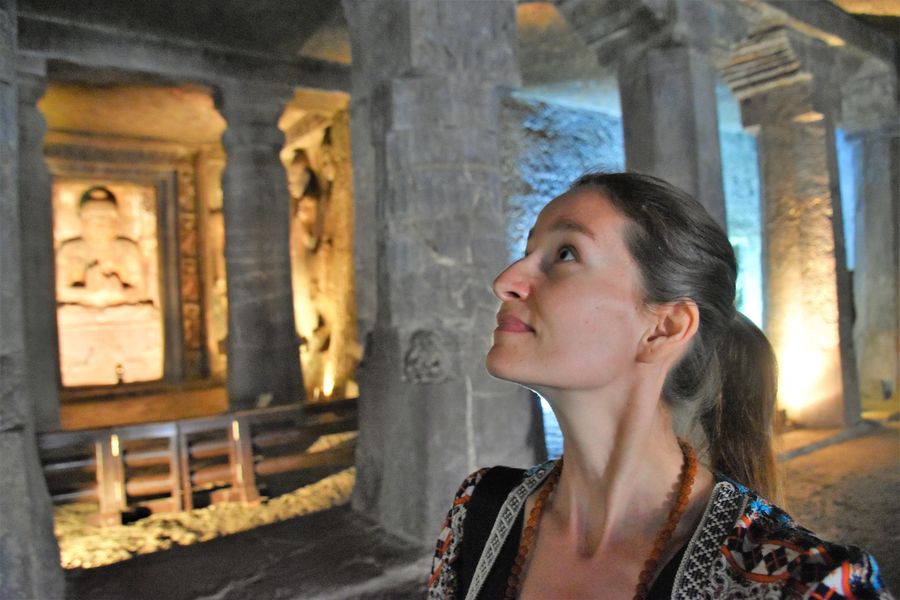

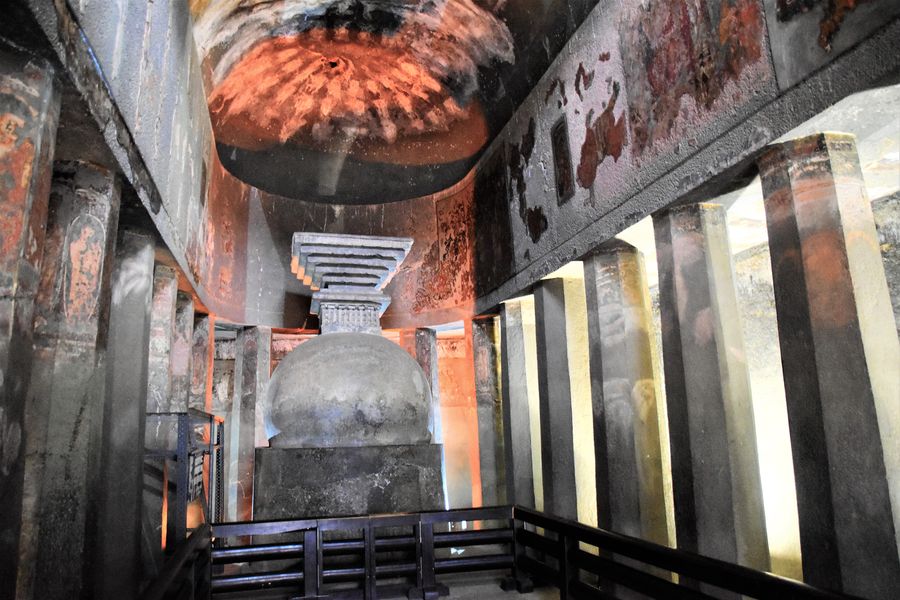
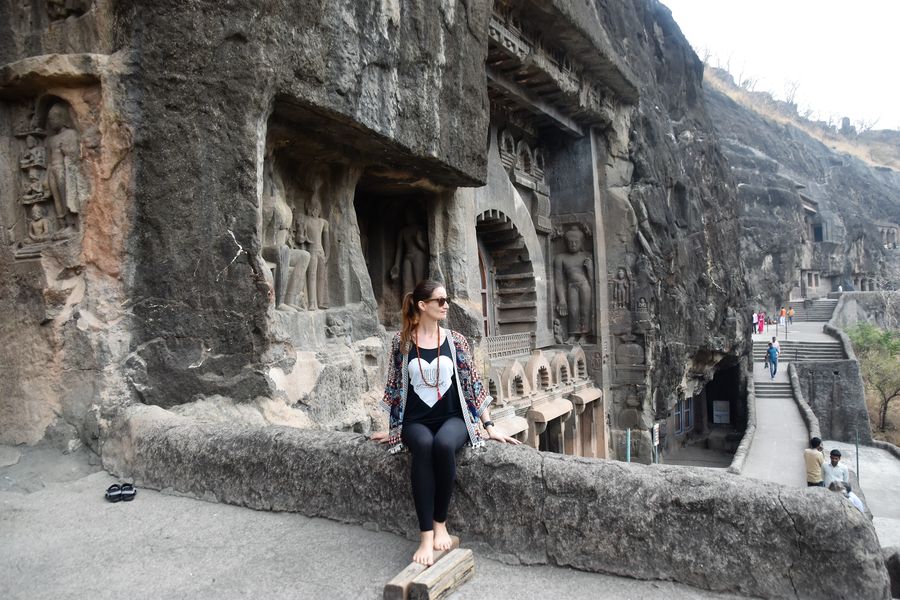

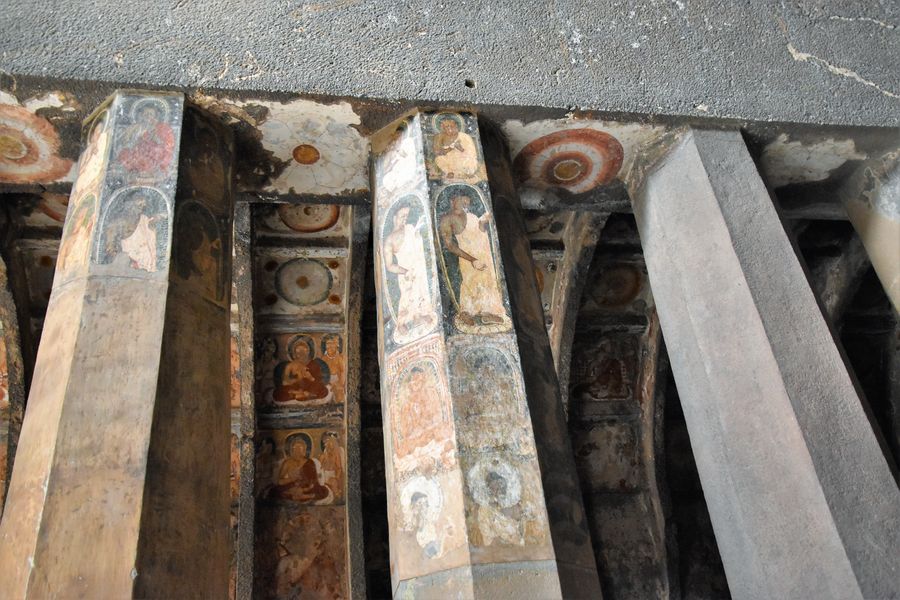
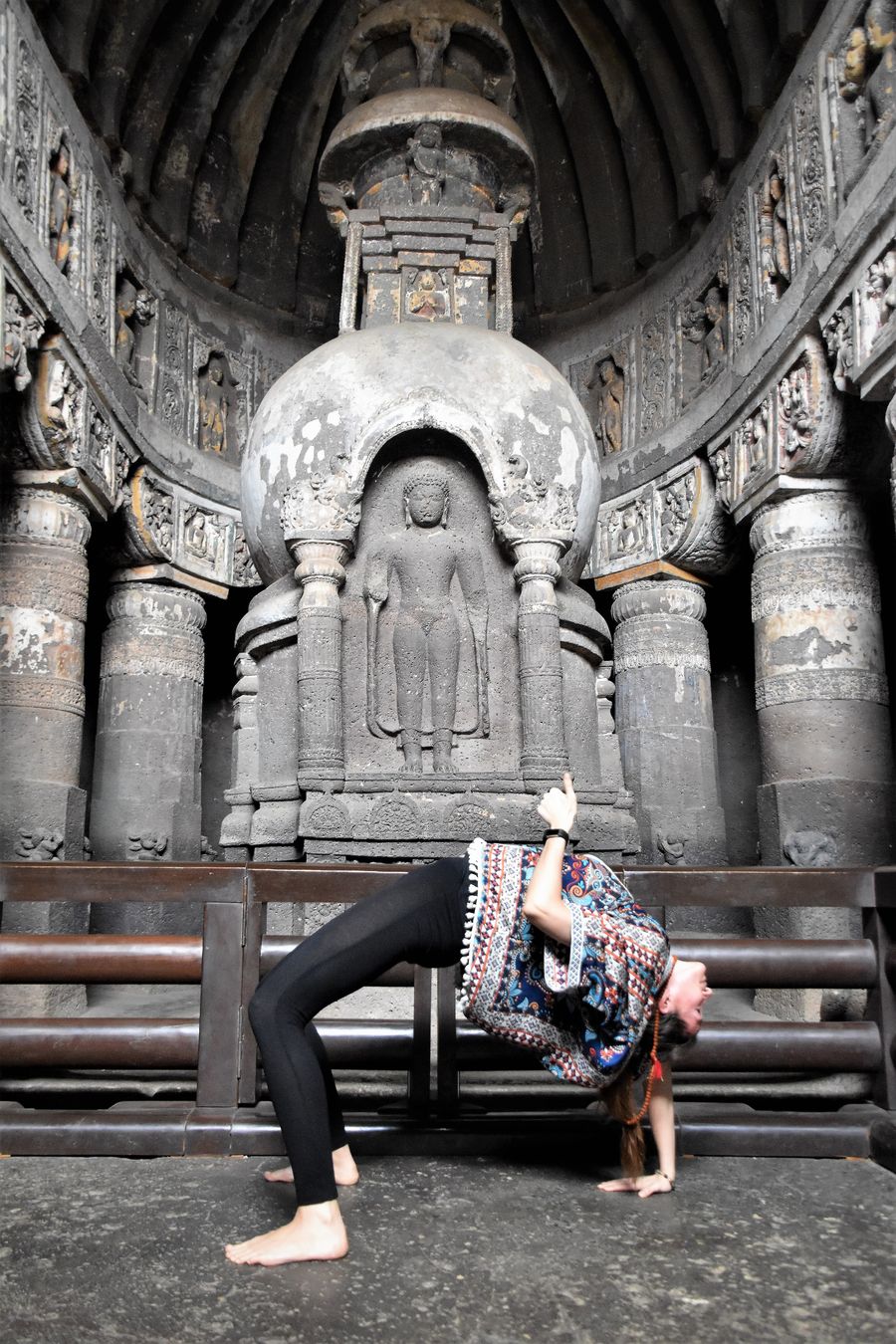
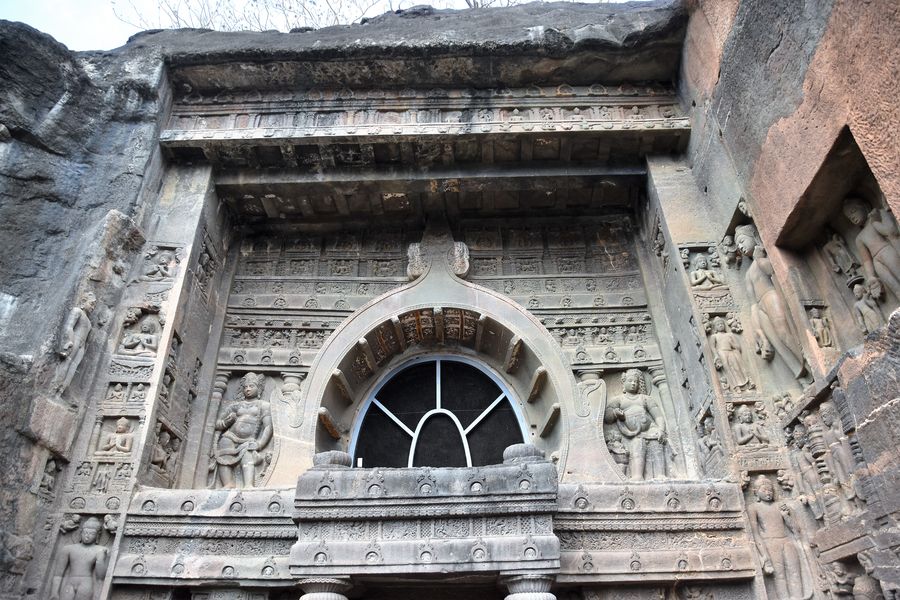

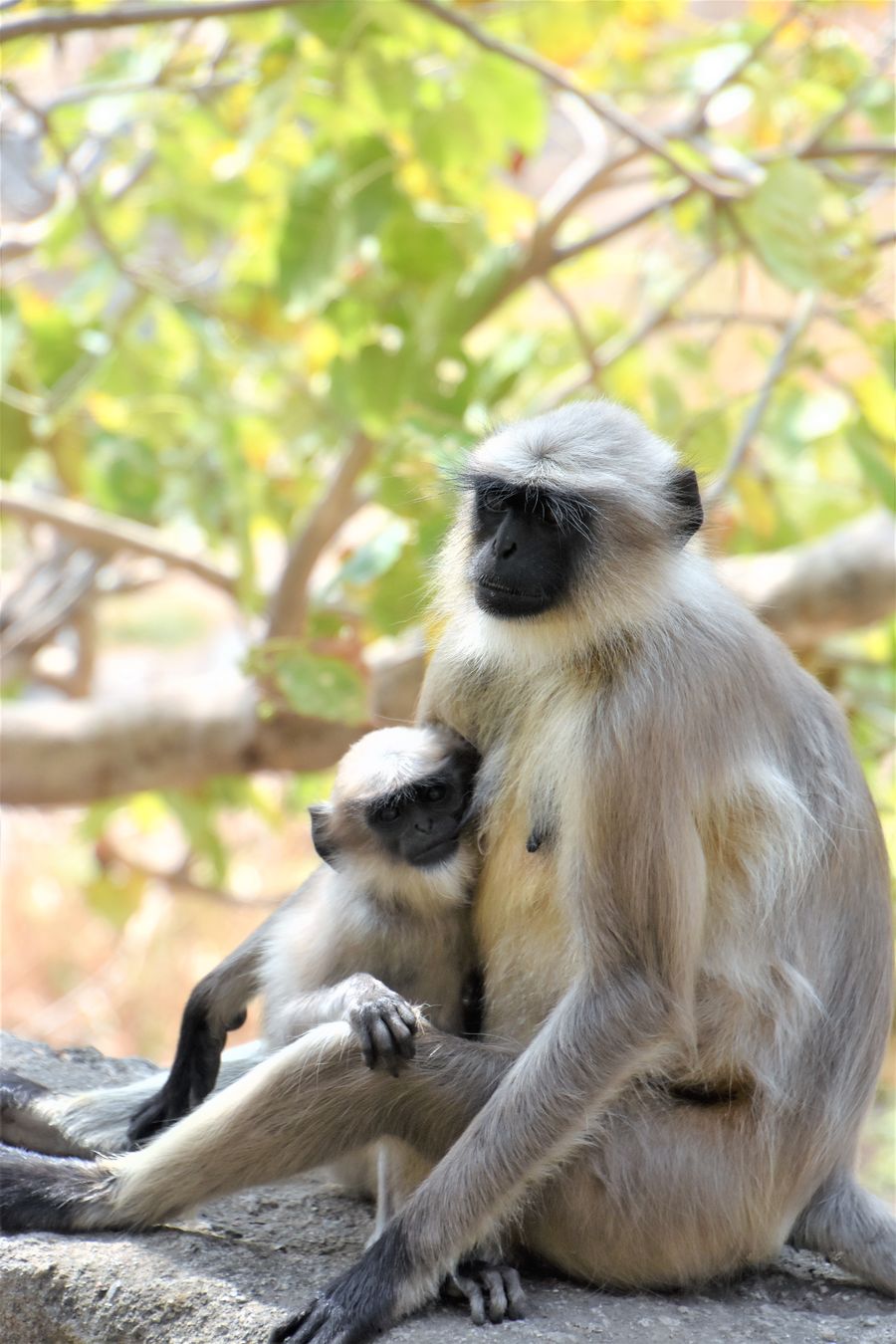
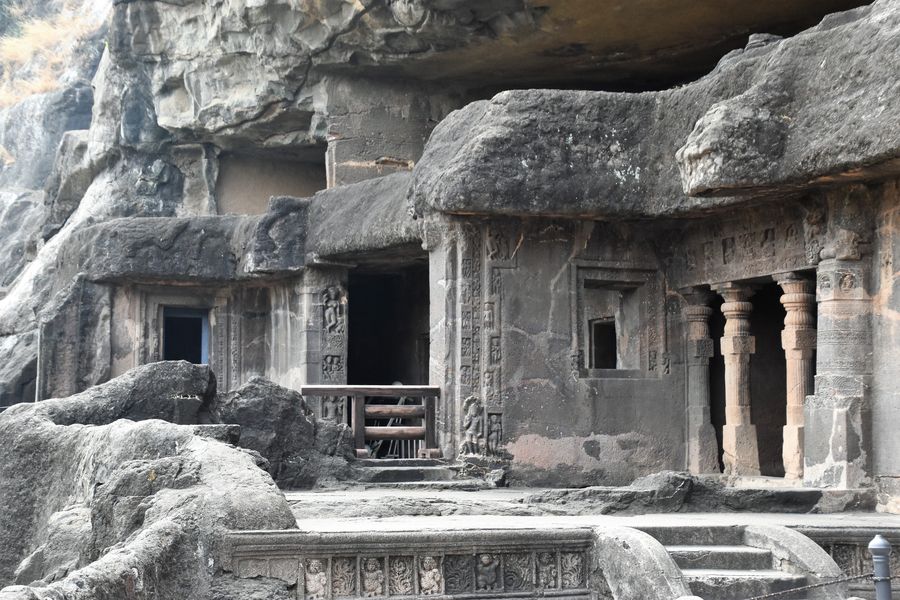
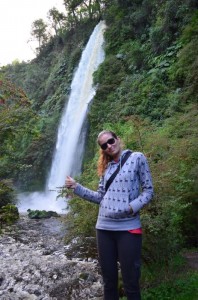
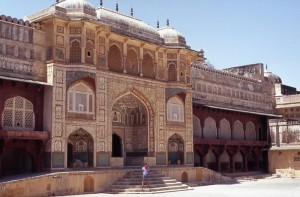
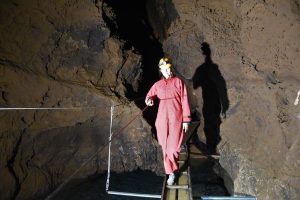
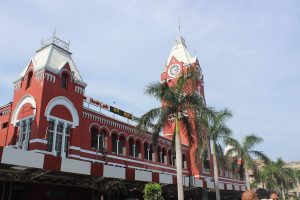
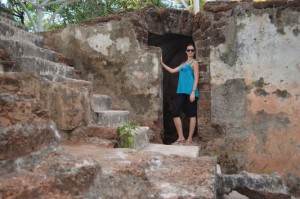
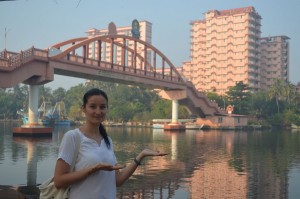
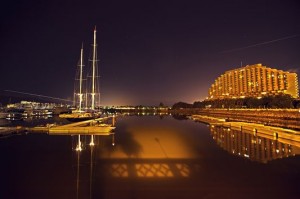
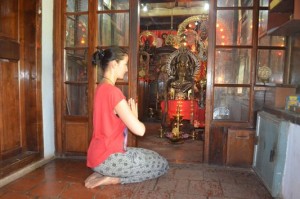
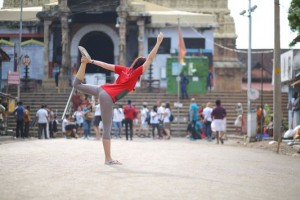

Paula
| #
Your India trip is really cool. I really have to go there once, too.
Crazy Sexy Fun Traveler
| #
You so should, India is a big challenge for most people ;)
Nie je túra bez Štúra
| #
Vyzerá to tam naozaj mega, ani sa nečudujem, že sú v Unesco. :-) A tiež vidím, že pózy z jógy nesmeli ani tu chýbať. :P
Milan Bez Mapy Bardún
| #
OMG, 2km of caves? That’s a lot, man. So now I understand, why were you barefoot in UNESCO Ajanta caves.
Crazy Sexy Fun Traveler
| #
Yeah it’s a long walk to visit all the caves, but they are really worth it :)